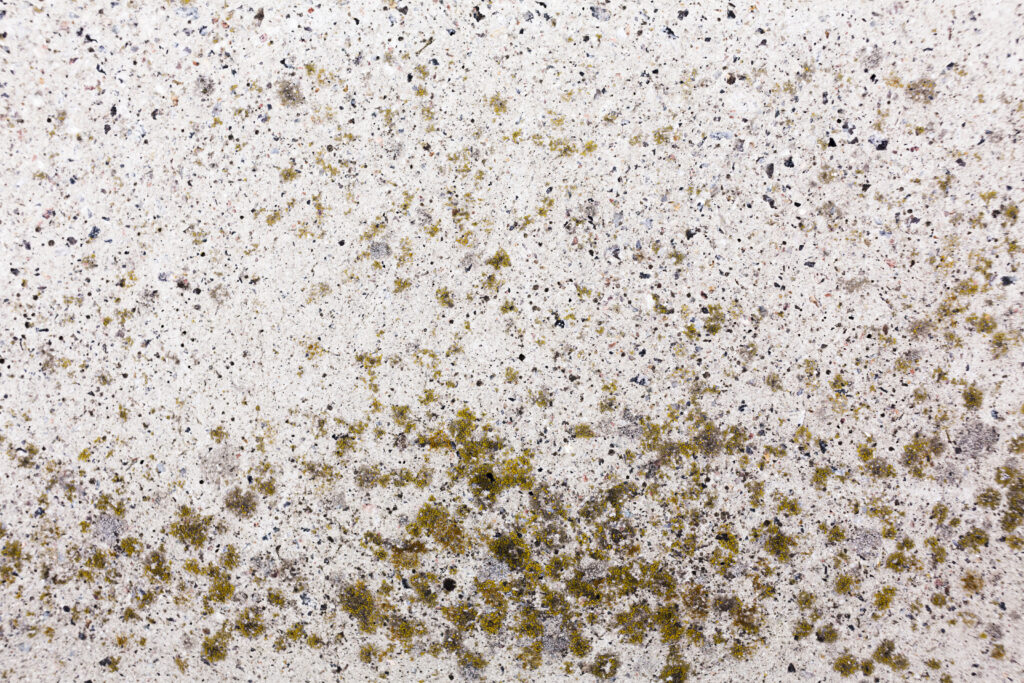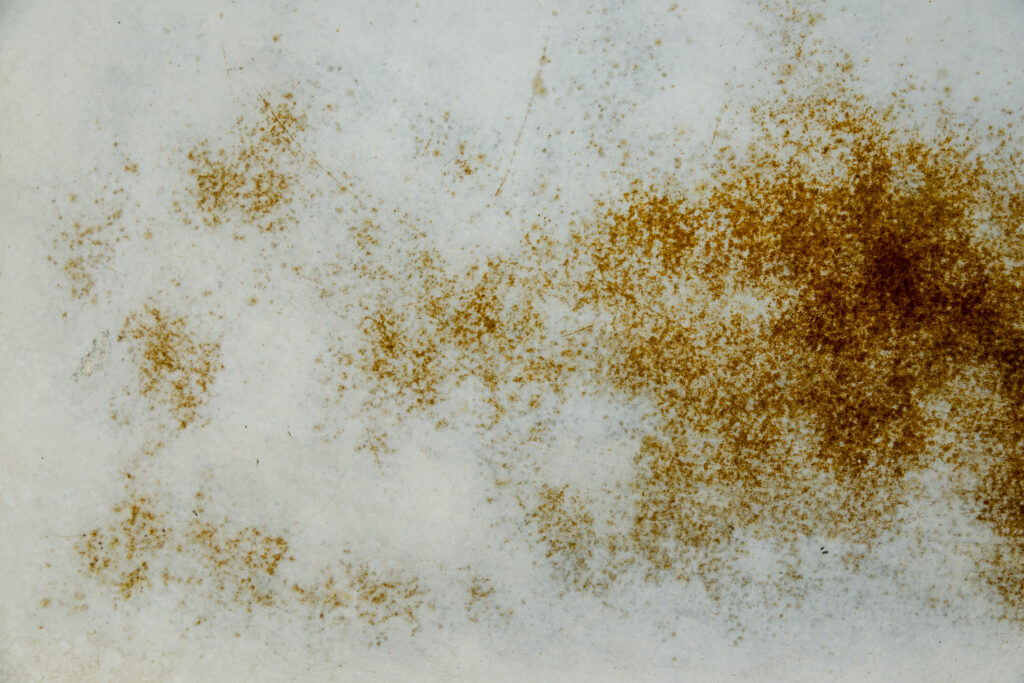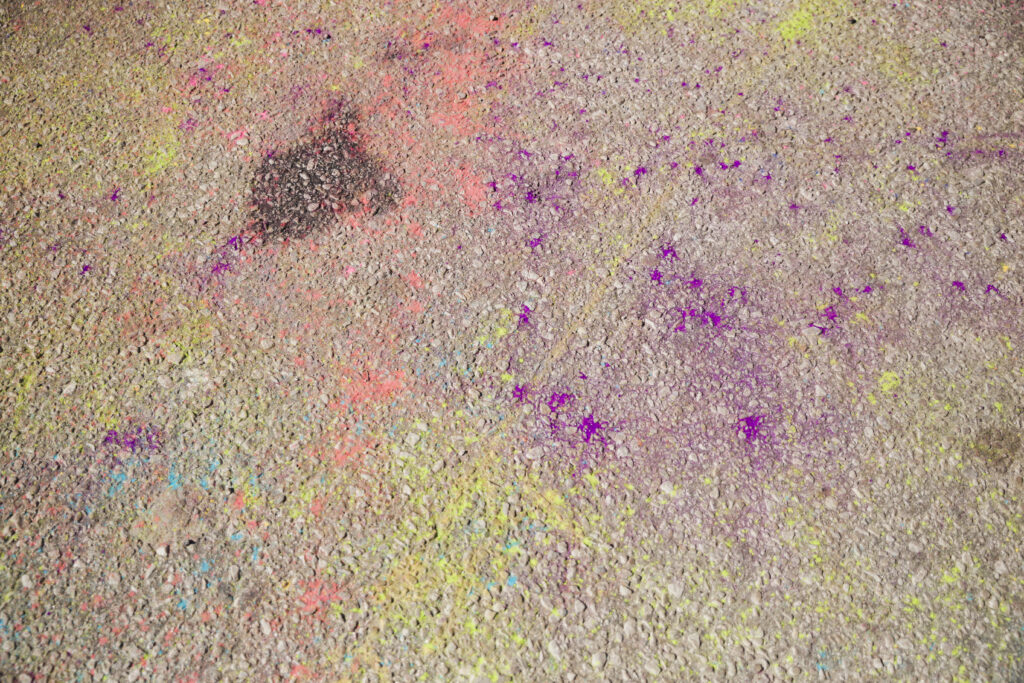How to clean carpet stains, promptly blot the spot, apply a suitable cleaning solution, and rinse thoroughly. Avoid scrubbing to prevent the stain from spreading or the carpet fibers from fraying.
Maintaining a spotless carpet can be challenging, especially when accidental spills happen. Whether you’re dealing with a wine mishap or muddy footprints, immediate action is critical for preventing a permanent blemish on your flooring. Choosing the right cleaning solutions and techniques is crucial for tackling various types of carpet stains effectively.
Homeowners often seek practical, easy-to-follow steps to restore their carpets to their former glory without resorting to harsh chemicals that might damage the fibers. With the right approach, you can efficiently handle common carpet stains and keep your living space looking clean and inviting. Remember, quick and careful responses can make all the difference in preserving your carpet’s appearance and prolonging its life.

Common Types Of Clean Carpet Stains
Clean Carpet stains come from daily mishaps or regular use. Each type requires a specific approach to remove. Understanding common stains will help maintain your carpet’s look and feel. Below, find a detailed guide to tackle each one effectively.
Coffee And Tea Blots
Tip the cup, and there it spills. Coffee and tea can leave a dark, unsightly mark. Blot immediately, then use a mix of water, vinegar, and a non-bleach detergent. Apply the solution gently, rinse, and repeat if needed.
Ink And Paint Marks
Ink and paint on your carpet spell trouble. Don’t rub; it spreads the stain. For ink, dampen a cloth with isopropyl alcohol and dab. For paint, water for latex-based or acetone for oil-based should be the first step.
Pet Accidents And Odors
Pet owners know this well. Absorb as much as possible, then clean with enzymatic cleaners. They break down odor-causing bacteria. Always test cleaners on a hidden spot first.
Red Wine And Juice Spills
A festive nightmare on carpets. Salt can help absorb the wine. After a while, vacuum it up. Then, a solution of water and dish soap lifts the stain. Rinse with cold water and blot dry.
Oil And Grease Spots
For greasy stains, sprinkle baking soda. It absorbs the oils. Vacuum after a few hours. You can then treat the area with a dry-cleaning solvent, applying it directly to the stain and blotting it up after some time.

Pre-cleaning Precautions
Before tackling carpet stains, certain precautions are crucial. These steps help prevent damage to your carpet’s fibers and dyes. They also ensure a successful cleaning process. Follow these guidelines to prepare for a safe and effective stain removal.
Assessing Carpet Material
- Check the carpet’s label or manufacturer’s website for material type.
- Identify if it’s natural or synthetic, as cleaning methods vary.
- Determine the carpet’s tolerance to water and cleaners.
Colorfastness Test
Performing a colorfastness test is vital. This test will show if the carpet’s dyes bleed or fade. To conduct a test:
- Find a hidden spot, like a corner or closet.
- Apply a small amount of cleaner.
- Blot with a white cloth and check for color transfer.
Stain Identification Tips
Identify the stain type for the right solution:
| Stain Type | Cleaning Tips |
|---|---|
| Organic (food, blood) | Enzyme-based cleaner |
| Oil-based (grease, lipstick) | Use a solvent cleaner |
Safety Measures
Safety comes first. Follow these tips:
- Wear gloves to protect your hands.
- Ensure the room is well-ventilated.
- Keep children and pets away from the area.
- Read all cleaner instructions carefully.
With these precautionary steps in place, your carpet is ready for a safe and thorough cleaning. Remember, rush leads to more damage. Take your time for the best results.
Diy Cleaning Solutions
Homemade Stain Removers
Homemade remedies can save the day and your wallet. Discover recipes using everyday items to lift stains.- Baking soda and vinegar – a fizzy combo for tough spots.
- Dish soap solution – a gentle touch for delicate fibers.
- Ammonia mix – a robust solution for stubborn stains.
Natural Ingredients To Use
Turning to nature’s gifts offers safe, eco-friendly cleaning. These ingredients deal with dirt, spills, and more without harsh chemicals.| Natural Ingredient | Benefit |
|---|---|
| White Vinegar | Disinfects and breaks down stains. |
| Table Salt | Absorbs and lifts fresh spills. |
| Cornstarch | Tackles greasy stains efficiently. |
Chemical Cleaners: Pros And Cons
- Pros:
- Powerful cleaning
- Fast acting
- Wide variety of different stains
- Cons:
- Potential toxicity
- Can affect indoor air quality
- May damage carpet fibers
Stain Specific Recipes
Each spill requires a unique approach. Here’s a cheat sheet for the most common culprits:- Red Wine: Blot gently. Apply a mix of dish soap and hydrogen peroxide.
- Oil: Sprinkle baking soda. Wait and vacuum. Dab with dish soap solution.
- Pet Accidents: Clean with vinegar and water. Finish with baking soda.

Step By Step Stain Removal
Blotting Vs. Scrubbing
The first move you make can decide your carpet’s fate. Use white towels or paper to blot liquid spills gently. Avoid scrubbing. Scrubbing spreads the stain and can damage carpet fibers.Applying The Cleaning Solution
Choose a cleaner that’s right for your carpet type. Apply a small amount of the solution to a clean cloth. Test on inconspicuous areas first. Gently dab onto the stain. This should loosen and lift.Rinsing And Drying The Area
- Dampen a cloth with water.
- Blot the area to rinse.
- Avoid soaking the carpet.
- Use a dry towel to absorb excess moisture.
- Let the area air-dry completely or use fans.
Repeat Treatments
Some stains may need a second treatment. If the stain persists, do not lose hope. Repeat the prior steps with patience. Consistency often leads to success in stain removal.Professional Cleaning Options
When To Call The Experts
It’s crucial to recognize when a stain is out of your league. Call the experts if:- The stain has set in for a long time
- DIY treatments have failed
- You’re dealing with delicate carpet fibers
- There’s a need for general carpet rejuvenation
Steam Cleaning Explained
Steam cleaning, also known as hot water extraction, penetrates deep into carpet fibers. It removes dirt, allergens, and bacteria. The process involves:- Injecting hot water and cleaning agents into the carpet
- Agitating the carpet fibers
- Suctioning out the water along with loosened dirt
Dry Carpet Cleaning Techniques
For a quicker drying option, consider dry carpet cleaning. This method uses low-moisture compound cleaners. Professionals will:- Spread a dry cleaning compound onto the carpet
- Use specialized machines to work the compound into the fibers
- Vacuum up the compound and the dislodged dirt
Evaluating Professional Services
Selecting the right service is paramount. Here’s a checklist to evaluate professional carpet cleaners:| Criteria | Notes |
|---|---|
| Experience | Years in business and the types of carpets they handle |
| Reviews | Customer feedback and ratings |
| Methods | Steam versus dry cleaning options |
| Pricing | Transparent quotes without hidden charges |
| Guarantee | Satisfaction and redo promises |
Preventive Measures And Maintenance
Regular Carpet Care Routines
Maintaining a regular cleaning schedule is crucial for carpet longevity. Vacuuming at least once a week prevents dirt build-up. Use door mats to limit outside dirt. Adjust furniture periodically to avoid indentations and wear patterns on the carpet.Stain Repellant Treatments
Applying a stain repellent can make a big difference. It adds a protective layer that wards off spills and dirt. Reapply according to the product’s instructions or after a professional carpet cleaning to ensure continued protection.Immediate Action Plans
For spills, act quickly! Blot the stain, don’t rub, with a clean cloth. Use carpet-specific cleaners as needed. Avoid over-wetting the spot to prevent mold. Always perform a spot test on an inconspicuous area before full application.Long-term Carpet Preservation
- Rotate rugs and furniture semi-annually to distribute wear evenly.
- Have carpets professionally cleaned every 12 to 18 months, more often for high-traffic areas.
- Use sunlight filters on windows to prevent color fading.
- Resolve minor damage immediately to prevent worsening.
Frequently Asked Questions For How To Clean Carpet Stains
How Do You Get Old Stains Out Of Carpet?
To remove old stains from the carpet, first blot the area with a mixture of vinegar and water. Then sprinkle baking soda over it, let sit, and vacuum up. For tough stains, apply a carpet stain remover and follow the product instructions.
Does Vinegar And Baking Soda Remove Old Stains From Carpet?
Yes, vinegar and baking soda can effectively remove old stains from carpets by breaking down the stain’s structure.
How Do You Deep Clean A Stained Carpet?
Begin by vacuuming the carpet to remove loose dirt. Treat stains with a mixture of water and vinegar, blotting gently. For persistent stains, use a specialized carpet cleaner. Rinse with water and blot dry. Consider steam cleaning for a thorough deep clean.
What Is The Best Homemade Carpet Stain Remover?
A highly effective homemade carpet stain remover is a mixture of white vinegar and baking soda. Apply the paste, let it sit, then vacuum for best results.
What Removes Stubborn Carpet Stains?
Quick action with a mixture of dish soap, vinegar, and water can effectively remove many stubborn carpet stains. Blotting, not scrubbing, is key.
Are Diy Carpet Cleaning Solutions Effective?
Many DIY carpet cleaning solutions can be quite effective for common stains, using everyday household products like baking soda, vinegar, and hydrogen peroxide.
Conclusion
Tackling carpet stains doesn’t have to be daunting. With the right techniques, even stubborn spots can vanish. Remember to blot, not rub, and to test cleaners in an inconspicuous area. Consistency and promptness are your best allies in maintaining a spotless carpet.
For a fresh home, start with clean floors! Keep these tips handy for a stain-free living space.
